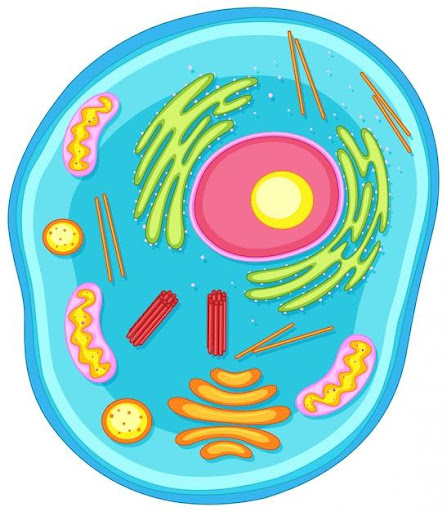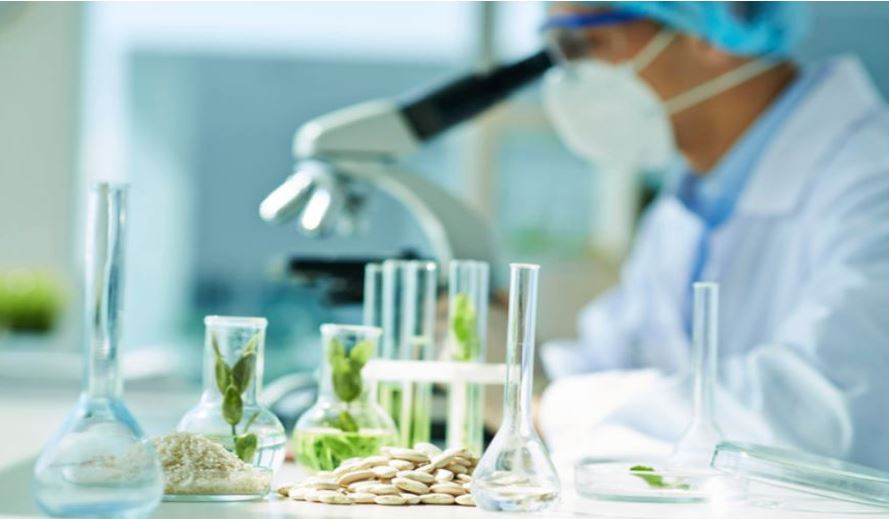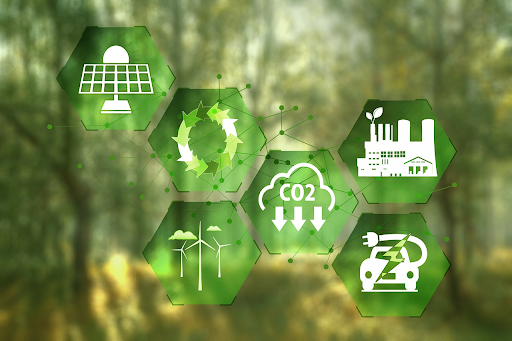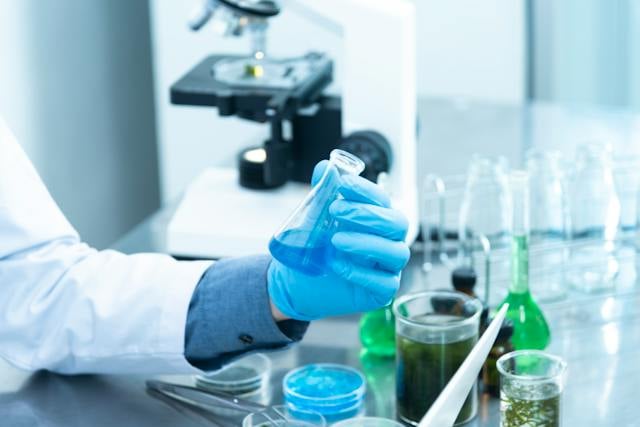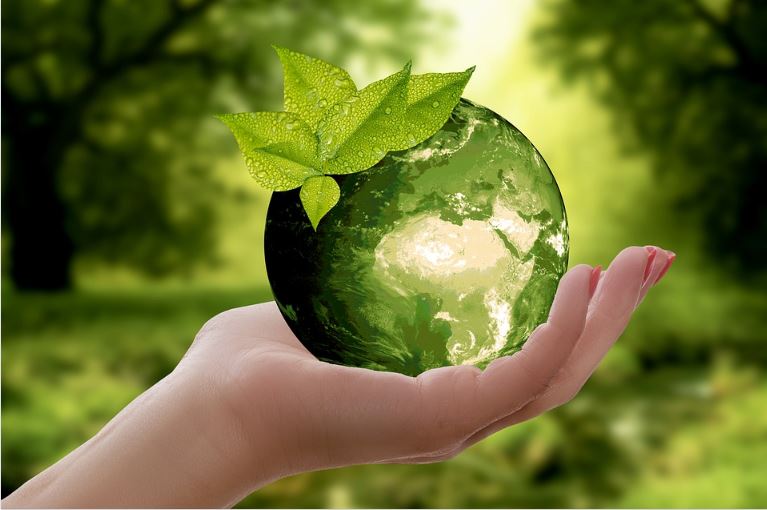
Eukaryotic cells are one of the two kinds of living cells. They have a double membrane-bound nucleus and mitochondria. On the other hand, prokaryotic cells do not have double-membrane bound organelles. All organisms belonging to Animalia, Plantae, and Fungi are multicellular eukaryotic. Let’s tell you about the parts and functions of eukaryotic cells briefly.
All eukaryotic cells have the following components:
- Cell membrane
- Nucleus
- Mitochondria
- Endoplasmic Reticulum
- Ribosomes
- Golgi apparatus
- Lysosomes
- Cytoskeleton
- Cell Wall
- Plastids
Functions of Parts of Eukaryotic Cells
Cell Membrane
The cell membrane is represented by a phospholipid bilayer with proteins and carbohydrates. This representation is known as the Fluid Mosaic Model. The cell membrane majorly separates the content of the cell from the surrounding environment. It facilitates material movement in and out of the cell. The transport of material occurs through active or passive diffusion.
Nucleus
It would not be wrong to call the nucleus the most important eukaryotic cell organelle. It contains genetic information and is directly involved in the replication. It is also known as the brain of the cell.
The nucleus constitutes a nuclear membrane, nucleolus, nucleoplasm, and chromatin. The nuclear membrane is a double-layer membrane with pores. It contains the nucleoplasm and nucleolus inside the membrane. Nuclei do not have a membrane. They are active sites for ribosomal RNA production.
Mitochondria
Mitochondria are another double-membrane bound organelle in a eukaryotic cell. They are the powerhouse of the cell as they provide energy through ATPs. The outer layer of mitochondria is smooth and forms a continuous outer boundary. However, the inner membrane forms folds known as cristae. Besides the mitochondrial matrix (the area between the outer and inner membrane), cristae are sites of ATP production. Find the suitable microscope for mitochondria and ribosomes at https://microscopecrew.com/microscope-needed-to-see-ribosomes-mitochondria/
Endoplasmic Reticulum
The endoplasmic reticulum is a tubular network present in the cytoplasm. It is of two types based on the presence or absence of ribosomes. The rough endoplasmic reticulum has ribosomes attached to the surface, while the smooth endoplasmic reticulum lacks them. The ribosomes in rough ER make it an important site for protein synthesis. The smooth endoplasmic reticulum is involved in lipid storage.
Golgi Bodies
Camillo Golgi discovered Golgi bodies having flat, disk-like structures called cisternae. It is found in all eukaryotic cells apart from sieve cells in plants and red blood cells in humans. It is an optimal site for glycolipid and glycoprotein manufacturing. It also modifies proteins and packages the material within the cell.
Lysosomes
Lysosomes are formed in the Golgi apparatus. They are membrane-bound vesicles that help digest carbohydrates, proteins, lipids, and nucleic acids. They are also called suicidal bags as they contain hydrolytic enzymes that help break down the material. These enzymes include proteases and lipases optimally active at pH less than 7.
Ribosomes
Ribosomes are membrane-free and do not have a membrane. They consist of subunits of varying sizes in eukaryotic and prokaryotic cells. Eukaryotic cells have 80S ribosomes with 60S and 40S subunits. The primary function of ribosomes is protein synthesis. Thus, they are popularly known as “protein factories.”
Cytoskeleton
The cytoskeleton is the cell’s internal skeleton in the form of a filamentous network. It is present in the cell cytoplasm. The cytoskeleton maintains the cell shape and provides a definite structure.
Cell Wall
The cell wall is absent in animal cells. It is present on the exterior of the cell membrane. It provides added support and structure to the cell. The cell wall also acts as a filtering mechanism in plants and fungi.
Plastids
Plastids are in plant cells and algae. They contain pigments that help in the synthesis of food by facilitating photosynthesis. These double-membrane organelles also store food in the form of proteins, carbohydrates, and lipids. Besides the green pigment Chlorophyll, plants have three other types of plastids; Chromoplasts, Leucoplasts, and Gerontoplasts. Chromoplasts impart color to the flower petals, leucoplasts are colorless, and gerontoplasts help manufacture and store food.
The Bottom Line
All eukaryotic cells have double-membrane bound organelles absent in prokaryotes. Animals, plants, fungi, algae, and a few other organisms comprise eukaryotic cells. They contain a double-membrane bound nucleus, mitochondria, plasma membrane, ribosomes, endoplasmic reticulum, Golgi bodies, endoplasmic reticulum, and cytoplasm. Plant cells also have plastids and a cell wall. Fungi have a cell wall different from plants.
Interesting Related Article: “How to Create the Perfect Growing Environment for Your Plants with Grow Tents“

